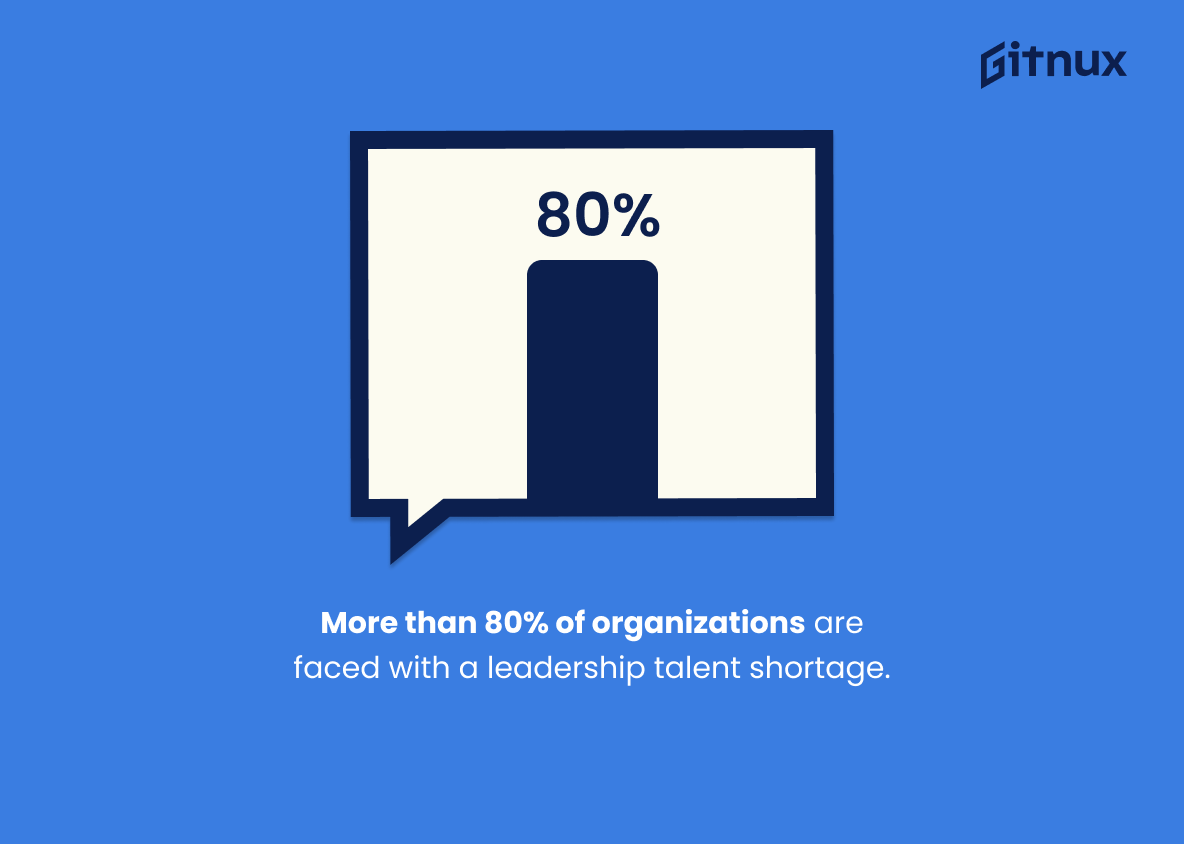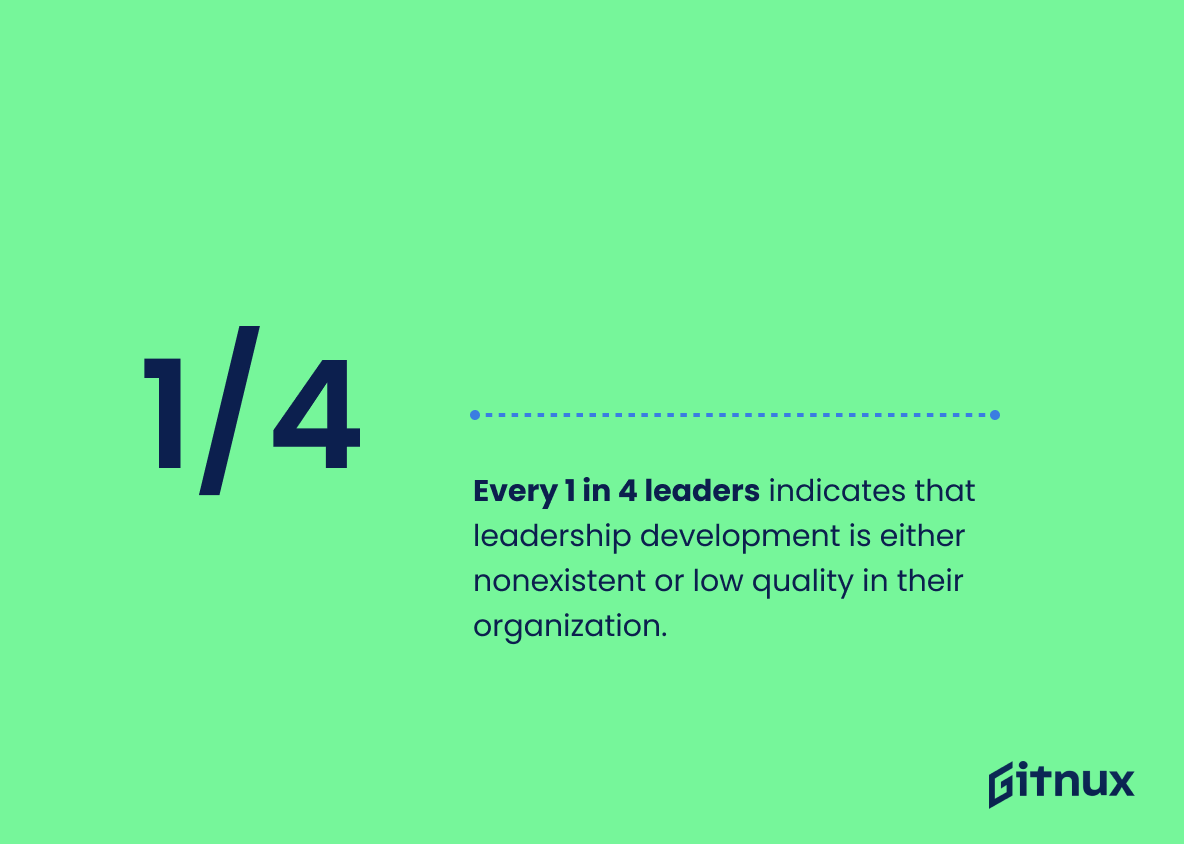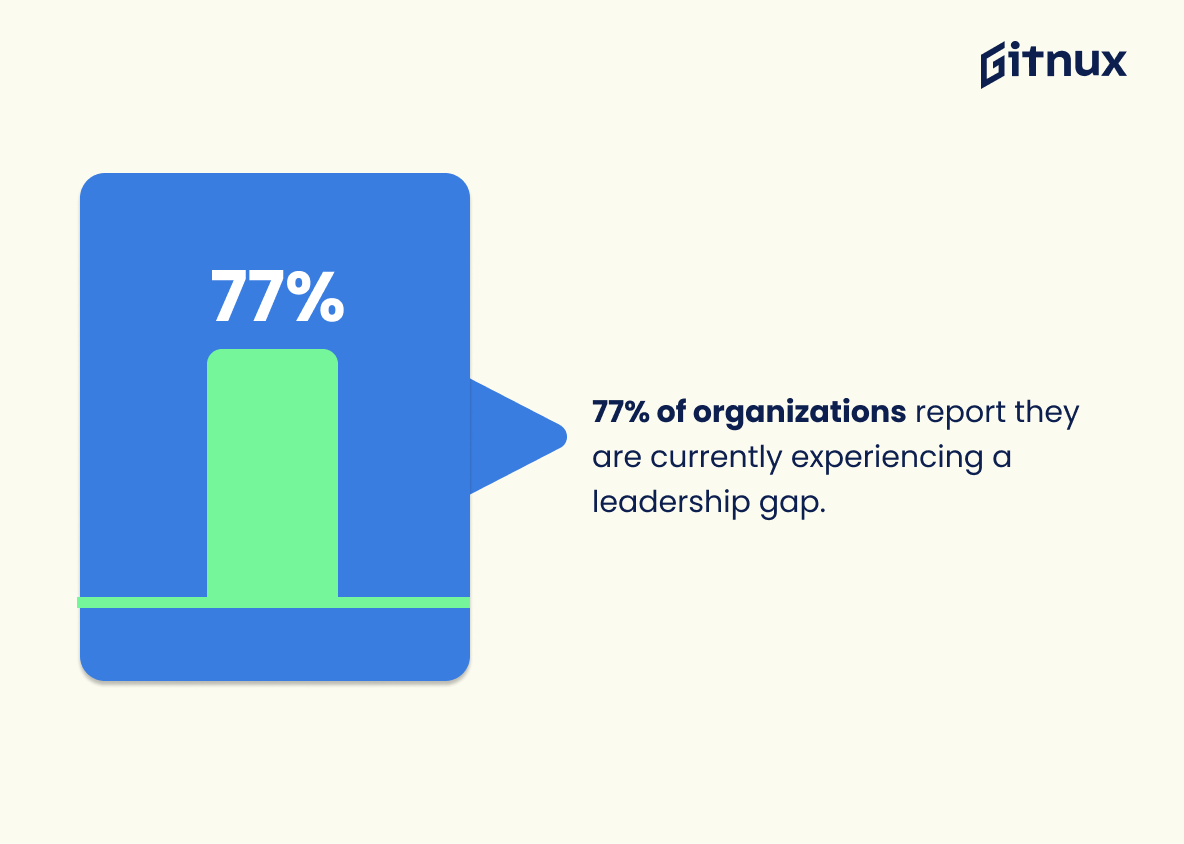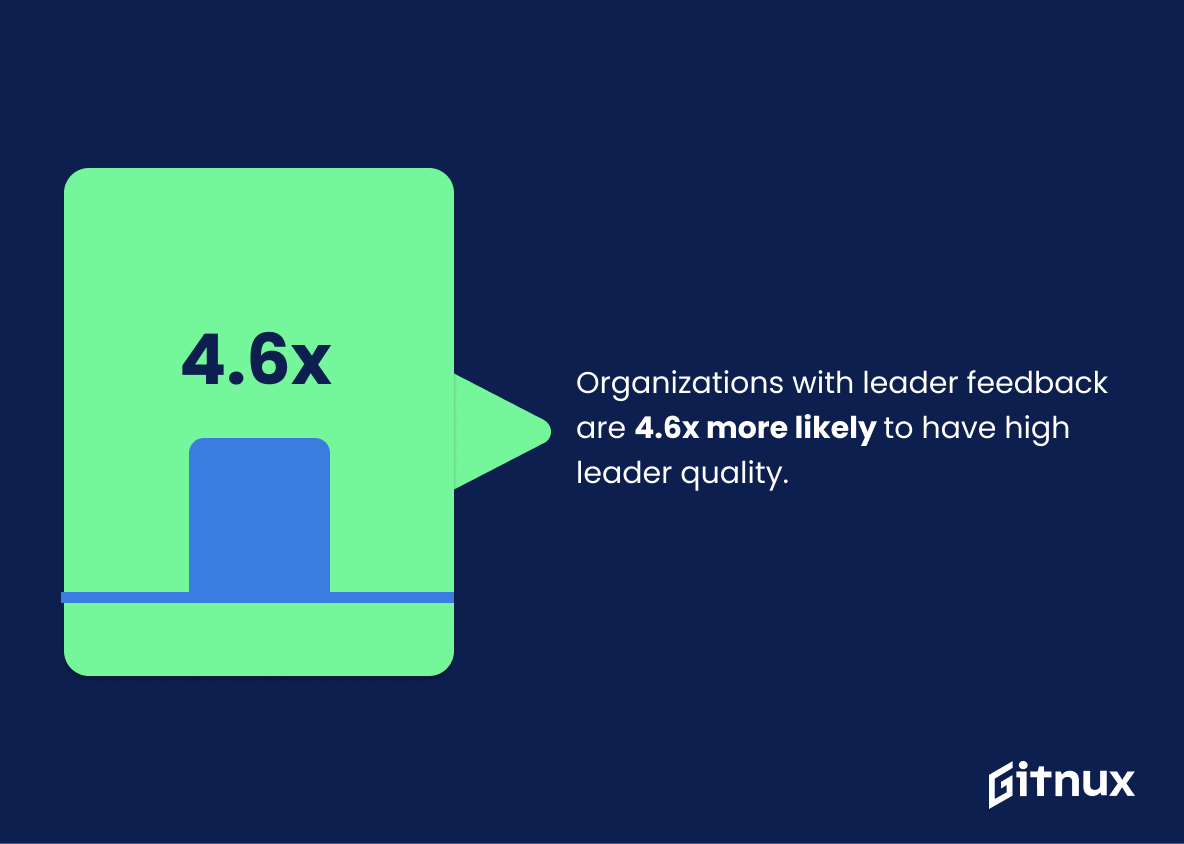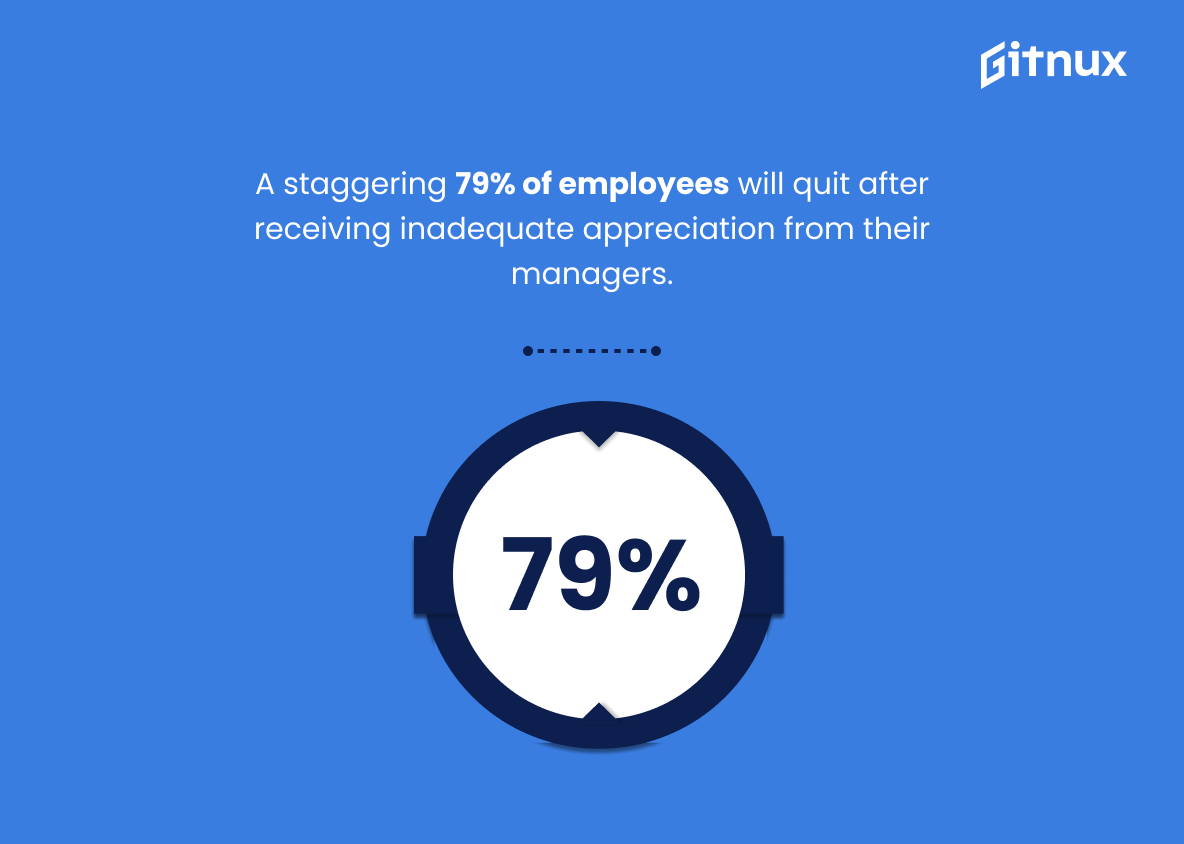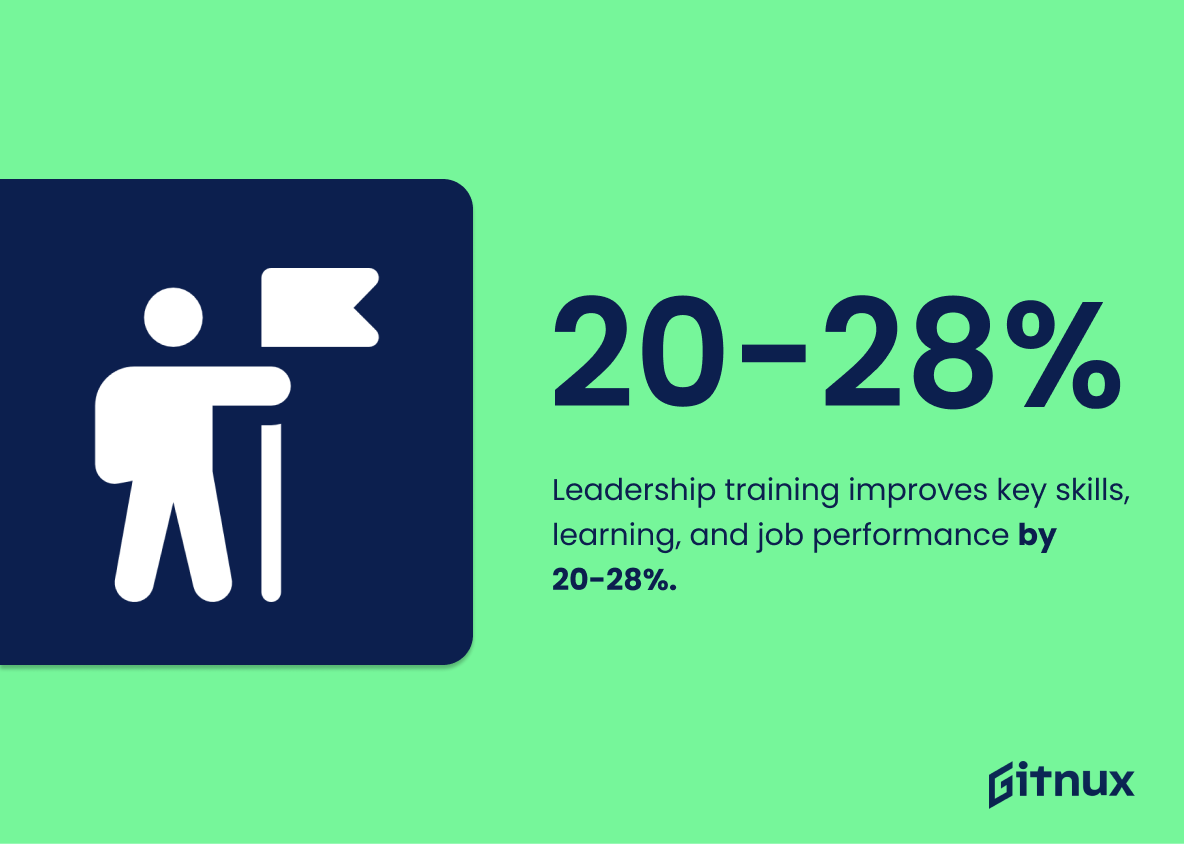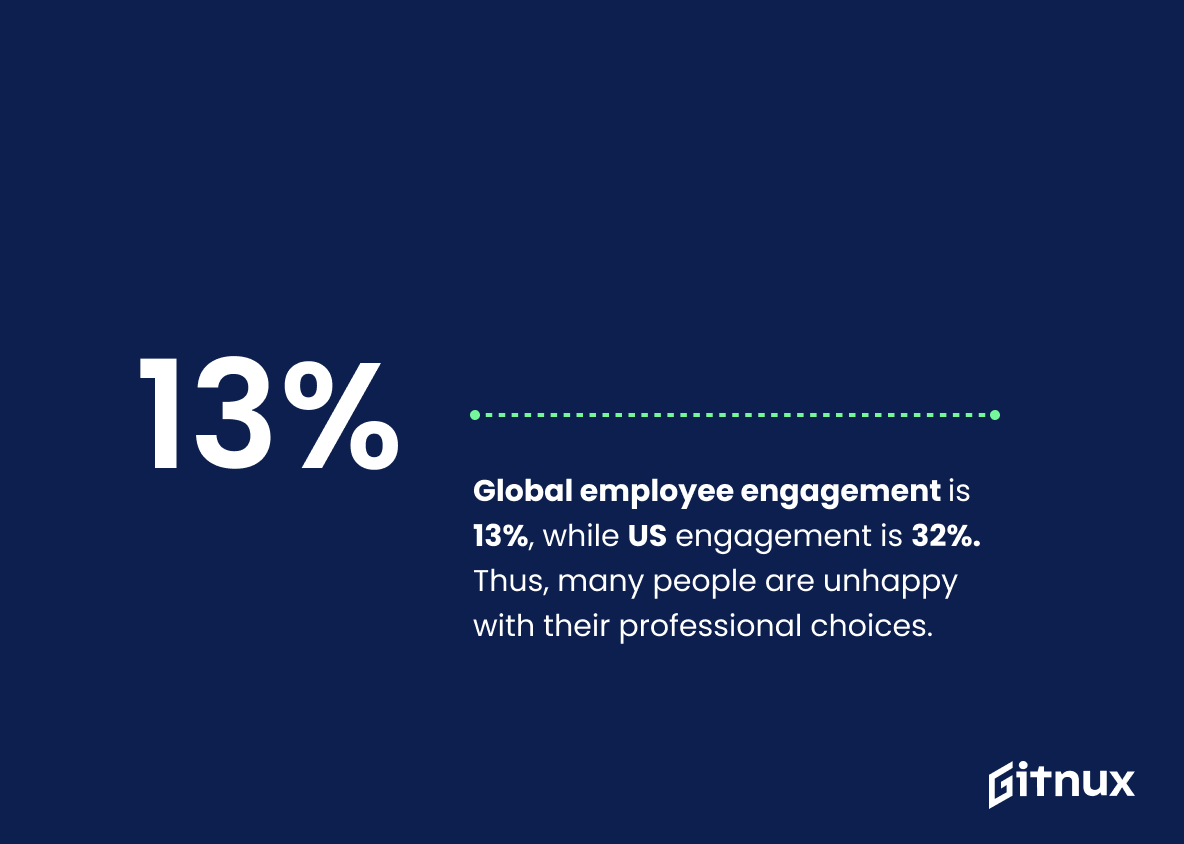Leadership is an essential component of any successful organization, but how do you measure its success? That’s where leadership statistics come in.
In this article, we will take a look at some of the most important leadership statistics and the latest trends, and discuss what they mean for your company’s success. We will explore the main benefits companies gain from having strong leadership programs in place, and the impact that leadership has on an organization’s performance, employee engagement, and overall success.
Leadership: The Most Important Statistics
Fewer than 20% of organizations have a bench of capable leaders ready to fill critical roles.
The vast majority of CEOs (90%) believe they are inefficiently spending valuable company resources on leadership development programs.
General leadership statistics
Only 10% of people are natural leaders. Another 20% show some qualities of basic managerial talent that can be cultivated into high-quality leadership.
US businesses spend $166 billion on leadership development each year — nearly half of the $366 billion that’s spent globally.
More than 80% of organizations are faced with a leadership talent shortage.
Leadership across the US appears to be in a good state, and 80% of employees are happy with their leader’s work.
Every 1 in 4 leaders indicates that leadership development is either nonexistent or low quality in their organization.
48% of leaders rate their organization’s leadership quality as high, up from only 38% a decade ago. Meanwhile, HR’s confidence in their leaders dropped, with only 28% believing they have high-quality leadership.
77% of organizations report they are currently experiencing a leadership gap.
Fewer than 20% of organizations have a bench of capable leaders ready to fill critical roles.
According to Zippia, 43% of businesses aren’t ready to hire women for top executive positions.
Only 48% of employees view their company’s leadership as high quality.
58% of employees also say team leaders provide them with opportunities to showcase their leadership skills.
Check out our Leadership Quiz.
Leadership demographics statistics
Education is very important to people who are looking to obtain a leadership position in a company. Globally, bachelor’s degrees are held by 97% of CEOs, 64% of them hold a Master’s degree or the equivalent (which includes MBAs), and 10% of all CEOs have a Doctorate degree.
The average age of a CEO at the time of hire is 54.1. In 2005, CEOs and CFOs’ average age was in the mid-40s, which has increased in the intervening years.
There is a lower promotion rate for women when it comes to the highest leadership positions in a company. While women account for nearly 40% of managers in companies, they only account for 20% of CEO positions, indicating.
Globally, women hold just 24% of senior leadership positions.
Only 8.2% of Fortune 500 companies are led by women, while less than 1% are women of color. In 2021, there were only 4 black CEOs in Fortune 500 companies, as reported by Zippia.
Starbucks, Lowes, Merck, and TIAA-CREF, are the only companies that currently have black people in their CEO spots. Starbucks and TIAA-CREF have black women holding this position.
Why strong leadership is crucial for companies?
69% of employees say they would work harder if they felt their efforts were better recognized by management and other leaders.
Organizations, where leaders receive feedback from their managers on key skills, are 4.6x more likely to have high leader quality and bench strength compared to those that don’t.
Check out our latest Employee Recognition Statistics
35% of American workers put company culture and good leadership as a priority when job hunting.
A staggering 79% of employees will quit after receiving inadequate appreciation from their managers.
Organizations with strong leadership in place are 11x more likely to have a high number of leaders who can build talent for competitive advantage, and 7x more likely to have a high number of leaders who can inspire people to follow them. These companies are also 6x more likely to have a high number of leaders who can create synergies through working in collaboration, provide employees with a vision and direction, and drive change and innovation.
Employees who have undergone leadership training show a28% build-up in key leadership skills, 25% increase in learning techniques, and 20% improvement in job performance.
Public sector managers who receive leadership training and executive coaching are 88% more productive.
Challenges of leadership statistics
While the business world recognizes the value of having strong leadership at every level of an organization, businesses struggle to find and develop leaders. 77% of businesses report that leadership is lacking.
When leadership doesn’t effectively show appreciation to their employees, this creates serious disengagement and can prompt the premature exit of an employee. 79% of employees quit due to a lack of appreciation.
Worldwide, only 13% of employees report being engaged at work, while in the United States, 32% of employees state that they’re engaged in their jobs. This low level of engagement points to a lack of satisfaction with professional choices for many individuals.
Developing the next generation of leaders is the top challenge for 55% of CEOs.
Stress in leadership can have a negative effect on a company’s bottom line. US businesses suffer a 300 billion USD loss every year because of workplace stress.
35%of employees find their boss as a major source of stress at work, and 80% say that a change in direct management or leadership has an impact on their stress levels.
High-stress jobs are costing companies and employees more than they realize. Healthcare expenditures at high-pressure companies are nearly 50% greater than other organizations.
50% of employees think their companies lack sufficient leadership talent, and 47 % predict there would be a shortage of leadership or executive-level skills in the future.
Leaders at all levels reported feeling overburdened with tasks they have to manage, and aren’t able to spend as much time interacting as they would like. On average, leaders prefer to spend almost half (41%) of their time interacting, but currently only spend about a quarter of their workday (27%) interacting with others.
Leaders who spend more time managing than interacting are 32% less engaged in their roles, 1.5x more likely to feel used up at the end of the day, and 2x more likely to leave within 12 months.
Among leaders who said they feel used up at the end of every day, 44% expected to have to change companies to advance, compared to 24% of other leaders.
Fewer than half of leaders feel they are effective in most of the critical skills they need most urgently. Only 28% of leaders say they are currently being developed in critical skills for the future.
20% of new leaders have trouble adjusting to the new organization’s and team’s culture and that impacts their performance adversely.
Leadership development and training statistics
83% of organizations agree that leadership development is important at every level of the company. However, only 5% of businesses have implemented leadership development at all levels.
Nearly 95% of learning organizations plan to increase or maintain their current investment in leadership development. Leadership development is big business for educational groups.
For every year a company delays leadership development, it costs 7% of its total annual sales.
The corporate leadership training market is expected to reach 26.7 billion USD by 2024.
The vast majority of CEOs (90%) believe they are inefficiently spending valuable company resources on leadership development programs.
30% of organizations have difficulty creating effective leadership development programs due to a lack of involvement from senior management. In addition, 22% blame the high cost of programs, and 25% say the development program took too long.
63% of millennials believe they aren’t being fully developed as leaders by their employers for management positions.
The role of women, minorities, and intersectionality is critical today and will be so in the future as 72% of chief human resources officers cite this as a high priority. The new strategy is to create a culture of inclusion and belonging, from which diversity will result.
28% of organizations with high-quality development have a strong leadership bench. Combining assessment with development delivered even higher bench strength. On average, combining high-quality assessment with any development program boosts bench strength by 30%.
Leaders at all levels want feedback, but the next generation of leaders is looking for even more coaching and feedback from their managers. Specifically, 30% said they wanted more coaching and feedback from their managers than they are currently getting, in comparison to only 25% of current leaders.
Leaders report having the least confidence in their digital acumen and ability to lead virtually. 23% of leaders say they aren’t effective at all at virtual leadership. Fewer than 30% of leaders said they had ever received development for these two skills.
25% of organizations consider the time required to carry out leadership development as the most significant challenge preventing them from achieving leadership success.
36% of organizations take more than a year to complete their leadership development programs.
Conclusion
Overall, effective leadership is essential for achieving the company’s goals. Leaders are expected to have a clear vision, effective communication, continuous learning, and the ability to motivate and inspire employees.
The latest data shows us that effective leadership is possible by leveraging the right tools, techniques, and strategies. It also provides insight into how leaders can optimize their strengths and skills to achieve maximum performance and results. By understanding these leadership statistics, leaders can identify areas for improvement and take steps to ensure that their leadership is successful.
Resources
Apollo Technical: “25 Surprising Leadership Statistics To Take Note Of”, cited February 2023. (Source)
CompareCamp: “37 Leadership Statistics: 2020/2021 Data, Trends & Predictions”, cited February 2023. (Source)
Deloitte: “High-Impact Leadership”, cited February 2023. (Source)
DDI: “Global Leadership Forecast 2021”, cited February 2023. (Source)
IWL: “Tracking Issues in Women’s Leadership”, cited February 2023. (Source)
LinkedIn: “Recent Leadership Data and Statistics that You Should Know”, cited February 2023. (Source)
Mercer Mettl: “Leadership Development Trends 2019”, cited February 2023. (Source)
OfficeNeedle: “5 Influential Transformational Leadership Statistics For 2022”, cited February 2023. (Source)
TeamStage: “Leadership Statistics: Demographics and Development in 2022”, cited February 2023. (Source)
Zippia: “36 Powerful Leadership Statistics [2023]: Things All Aspiring Leaders Should Know”, cited February 2023. (Source)
Zippia: “25 Women In Leadership Statistics [2023]: Facts On The Gender Gap In Corporate And Political Leadership”, cited February 2023. (Source)
ZipDo, cited June 2023: Leadership Statistics

